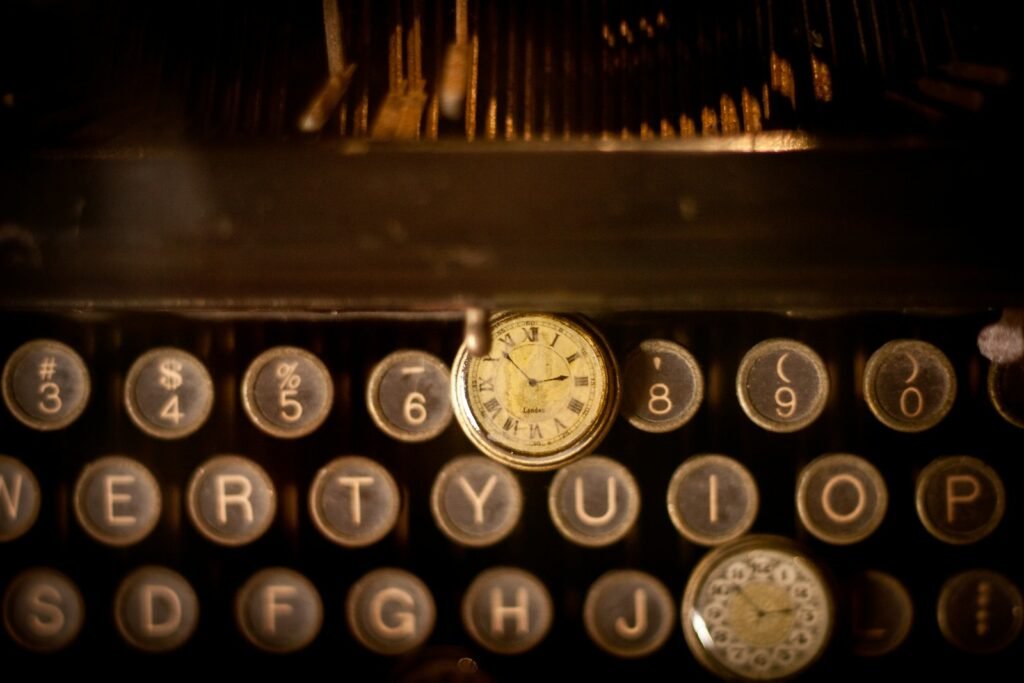
Tips for Using Evidence in Your Writing
The intricate dance of incorporating evidence into your writing is akin to a delicate seasoning technique – just the right touch can transform the entire dish. As the wise George Eliot once mused, “The greatest benefit we derive from literature is not in verbosity and exuberance, but in discretion and sobriety.” Therefore, as you scatter evidence throughout your essay, strive for equilibrium. An excess may inundate your audience, while a scarcity could leave them craving more.
When weaving evidence into your argument, envision it as a burst of flavor enhancing your narrative. In the words of culinary icon Julia Child, “The only time to eat diet food is while you’re waiting for the steak to cook.” Let your evidence be the succulent steak that captivates your readers’ palates, rather than the uninspiring salad they disregard. So select your sources with care and relish each addition you make. Keep in mind that quality trumps quantity – echoing Abraham Lincoln’s admonition: “Be sure you put your feet in the right place, then stand firm.” Proceed confidently with your evidence leading the way through the enigmatic voyage of your prose.
Why Citing Your Sources is Important
Enter the enigmatic realm of citations! Picture this: you’ve delved deep into the labyrinth of your essay, meticulously intertwining thoughts and evidence like a sorcerer weaving spells. But lo and behold, where is the acknowledgment for those luminous insights borrowed from others? Fear not, for citing your sources emerges as a gallant hero, rescuing you from the clutches of plagiarism and honoring the ingenious minds that paved your path.
Envision yourself at an extravagant soirée, bedecked in finery and poised to captivate. As you regale the attendees with your sagacious tales, wouldn’t it be tragic if someone interjected to reveal that you were appropriating another’s words? Such is the potency of citations, dear companion. It transcends mere avoidance of trouble; it embodies reverence for the thinkers and innovators upon whose foundation you build. In the immortal words of scholar Neil Gaiman, “The world always seems brighter when you’ve just made something that wasn’t there before.” Let your ideas illuminate brightly, but never forget to pay homage where homage is due.
Common Mistakes to Avoid When Incorporating Evidence
The act of incorporating evidence into your writing is akin to sprinkling the perfect seasoning onto a dish – it can either enhance the flavor or leave a sour taste in your mouth. One common faux pas that many writers commit is haphazardly dropping a quote into their work without any surrounding context or thoughtful analysis. Remember, a quote should act as a catalyst for your argument, not just sit there on its own. As Mark Twain cleverly remarked, “Get your facts first, then you can distort them as you please.” Therefore, take the time to unravel the significance of the quote and elucidate how it bolsters your point.
Another pitfall to steer clear of is over-relying on quotes at the expense of your own unique voice. While evidence is essential, it’s truly in your analysis and interpretation where your comprehension and critical thinking abilities shine through. As Dorothy Parker astutely quipped, “I hate writing, I love having written.” So don’t let apprehension stifle your analytical skills – delve into the evidence, share your insights, and articulate why it holds weight within the framework of your argument.n
Where to Find Reliable Sources for Citations
In the chaotic quest for reputable sources to validate your writing, fear not, my fellow wordsmiths! The vast expanse of trustworthy information awaits discovery, akin to stumbling upon a precious jewel in a murky pond. So, where does one begin this journey towards scholarly enlightenment?
Let us first turn our gaze towards the tried and true: libraries – those enigmatic havens of wisdom where the musty aroma of books dances with echs from eras long gone. As the esteemed wordsmith Neil Gaiman once wisely noted, “Google may offer you 100,000 answers, but a librarian will guide you to the right one.” Librarians stand as guardians to a wealth of academic journals, literature, and databases that have the power to elevate your prose from ordinary to extraordinary. Delve into the boundless shelves of knowledge and emerge triumphant with sources that will illuminate your arguments like a supernova amidst darkness.
Proper Formatting for In-Text Citations
Do you ever feel like you’re being swallowed by a whirlpool of brackets and names of authors when it comes to those annoying in-text citations? Fret not, my fellow aficionados of essays, for I am here to work some formatting sorcery on your academic troubles. Let’s enliven those chains of text with proper in-text citations that not only adhere to academic standards but also bring a touch of flair to your writing. Remember, referencing doesn’t have to be a dreary task – it can be a subtle symphony of words that propels your writing to unforeseen heights.
The secret to mastering in-text citations lies in seamlessly integrating them into your prose so they become organic components rather than abrupt interruptions. Like a meticulously choreographed performance, your citations should elegantly glide through your sentences, enriching your arguments with sophistication. As the esteemed journalist Walter Cronkite famously remarked, “In seeking truth, you have to get both sides of a story.” Therefore, let your citations amplify the narrative, offering sturdy backing for your assertions while maintaining the fluidity of your essay. Keep in mind that a well-placed citation not only bolsters your argument but also showcases your credibility as an author. So scatter those references like confetti and witness how your essay shimmers with scholarly allure.
The Importance of Including a Reference List
The reference list, oh how it haunts us writers with its looming presence. It’s that obligatory side dish in our academic feast; we know we should indulge, but who really has the appetite for it? But fear not, my comrade, for the reference list is no mere formality. It serves as the crowning glory to your literary masterpiece, adding a touch of legitimacy like the cherry atop a sundae. As the sage William Zinsser once mused, “Good writing is the strongest way to contribute to a cause that you believe in.” So why not ensure your cause is fortified by unassailable evidence in that humble reference list?
Picture this: you’ve crafted a delectable argument in your essay, seasoned with succulent quotes and tantalizing facts. But hold on where did these ingredients originate? Just as a recipe reveals its sources of flavor, your writing must disclose its foundations. A proper reference list is akin to acknowledging those who have contributed it’s basic courtesy in scholarly circles. In the words of James A. Baldwin, “People are trapped in history and history is trapped in them.” Why not liberate your references from anonymity and grant them due recognition within your work?
How to Paraphrase and Summarize Information Correctly
Paraphrasing and summarizing can feel like attempting to fit a square peg into a round hole – sometimes the pieces just don’t align. But fret not, my fellow lovers of essays, for there are ways to master this craft without overexerting your brain.
When it comes to paraphrasing, view it as adding a touch of sophistication to someone else’s words. As Oscar Wilde famously quipped, “I have nothing to declare except my genius.” So, tap into your inner brilliance and rephrase those passages in a manner that captivates the reader. Remember, it’s not about altering every single word; rather, it’s about capturing the essence and making it uniquely yours. As Mark Twain astutely noted, “The difference between the almost right word and the right word is really a large matter – ’tis the difference between the lightning-bug and the lightning.” Therefore, strive for that electrifying effect, dear friends, and let your intellect shine in your writing.
Using Direct Quotations Effectively in Your Writing
Direct quotations are akin to a secret ingredient hidden within your writing concoction, capable of adding an unexpected twist to an otherwise mundane dish. They possess the ability to introduce the perspectives of authorities, bolster credibility, and disrupt the monotony that often plagues written work. However, just as an excess of seasoning can spoil a meal, an overabundance of direct quotations has the potential to inundate your writing and drown out your own unique voice. Thus, it is imperative to judiciously incorporate them into your text, much like a skillful chef delicately sprinkling spices onto a gourmet creation.
When utilizing direct quotations, ensure that they serve a purpose beyond mere filler material and actively contribute to strengthening your argument. In the wise words of renowned author Mark Twain, “The distinction between the appropriate word and one almost fitting is analogous to that between lightning and a lightning bug.” Therefore, exercise caution when selecting which quotations to include in your work; opt for those that enhance rather than detract from your message- much like handpicking ripe fruit from an orchard. Always bear in mind that your writing should remain center stage with direct quotations acting as supporting characters- a dependable companion rather than stealing the spotlight.
Strategies for Integrating Evidence Seamlessly
The art of seamlessly integrating evidence into your writing is akin to sprinkling the perfect spice onto a dish – it elevates the flavor and leaves a lasting impact. When incorporating quotes, statistics, or facts into your essay, it should flow organically rather than feel like a forced insertion. Picture it as a meticulously choreographed dance between your ideas and the evidence that supports them. Remember the wise words of Henry Wadsworth Longfellow: “The talent of success is nothing more than doing what you can do well, and doing well whatever you do without thought of fame.”
A crucial strategy is to introduce your evidence in a way that harmonizes with your own narrative. Envision your evidence as an esteemed guest at a party – you wouldn’t just drop them in unannounced! Take the time to set the scene for your evidence, providing background information and smoothly transitioning into its significance. As George Orwell astutely observed, “Good writing is like a windowpane.” By seamlessly weaving in evidence, not only do you bolster your argument but you also enhance the transparency and allure of your writing for your readers.


